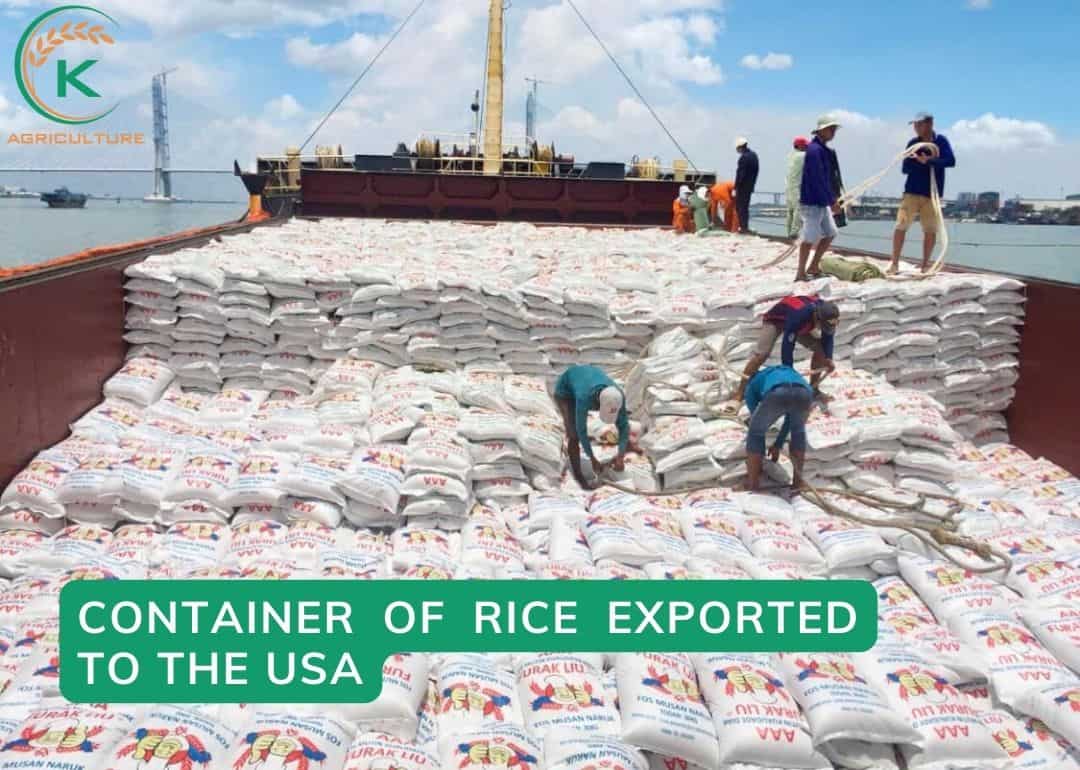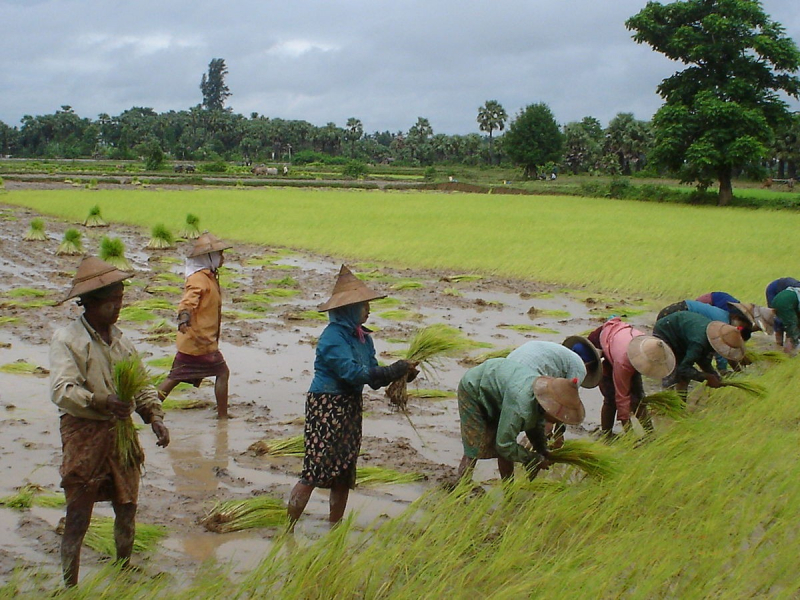

China's dominance in rice imports favors major exporters like India, Vietnam, Thailand, Pakistan, and Myanmar. Government policies, like tariff reductions and subsidies, further encourage imports. Weather disruptions impact domestic production, increasing reliance on rice imports.

China became the world's top rice importer in 2022, with USDA estimating imports at 5.2 million metric tons, up 0.3 million tons from the previous year.Ĭhina's growing population and expanding middle class drive increased rice demand. The division of global rice market, based on import-China, Philippines, European Union, Nigeria, Iraq, Cote d'Ivoire, United States, Saudi Arabia, Malaysia, Iran, and Others. These measures have contributed to the sustained success of China's rice production.Ĭhina strong domestic market, population growth, and government support ensure its position as a major rice importer Moreover, the Chinese government plays a significant role by providing substantial support to the rice sector through subsidies and research investments. The adoption of advanced farming techniques and technologies has enhanced productivity in the Chinese rice industry. Similarly, China's position as the leading global rice producer can be attributed to its favorable climate and ample land for rice cultivation. Furthermore, the expansion of cultivated land, farmer skill development, and the growing domestic and international demand for rice have further propelled India growth in rice production. Government initiatives, such as subsidies, loans, and research investments, have also played a crucial role in supporting the rice industry. Technological advancements, including the use of high-yielding varieties, improved irrigation methods, mechanization, and modern farming techniques, have significantly contributed to India's increased rice production. This growth is driven by factors such as favorable climatic conditions, diverse agro-climatic zones, and abundant water resources. According to the USDA, India is projected to achieve a record-breaking rice production of 127 million metric tons (MMT) in the marketing year 2023/2024. Major producers in the global rice market include China, India, Bangladesh, Indonesia, Vietnam, Thailand, Philippines, Burma, Brazil, Japan, and Others. Significant investments in agricultural practices have contributed to India increase in global rice production Therefore, China is expected to maintain its prominent position in the global rice market in the foreseeable future. Competing with China in the global rice market poses challenges due to its inherent advantages. This dominance has implications for other countries, particularly net rice importers who are more susceptible to price fluctuations. While it exports only a small portion of its output, the Chinese government supports the rice sector through subsidies, research and development investments, and trade protection.Ĭhina's rice industry benefits from efficient production methods, a favorable climate, and ample land for cultivation. Its substantial production and consumption shares, coupled with a large domestic market and high per capita consumption, makes China mostly self-sufficient in rice.

China, as the world's largest producer and consumer of rice, wields significant influence in the global rice market. Moreover, government support and subsidies to rice farmers have encouraged cultivation expansion, ensuring stable production and supply in the global rice market.Ĭurrently, China holds the largest market share in the global rice marketĬhina, India, Bangladesh, Indonesia, Vietnam, Philippines, Thailand, Burma, Japan, Nigeria, and Others are the nations prominent in the global rice market. Technological advancements and improved farming practices have boosted productivity and increased global rice production. Trade liberalization and globalization have facilitated the movement of rice across borders, expanding the global market. Urbanization and changing lifestyles have contributed to the demand for convenient rice-based products.Įconomic growth in emerging markets, such as China and India, has resulted in higher purchasing power and increased rice consumption. Changing dietary preferences and rising global incomes have increased the demand for rice in many countries. Population growth and increasing food demand have led to a higher demand for rice as a staple food. The Global Rice Market is anticipated to reach US$ 271.04 Billion in 2028 with a CAGR of 3.71% from 2022 to 2028 DUBLIN-( BUSINESS WIRE)-The "Rice Market, Size, Global Forecast 2023-2028, Industry Trends, Growth, Share, Outlook, Impact of Inflation, Opportunity Company Analysis" report has been added to 's offering.


 0 kommentar(er)
0 kommentar(er)
